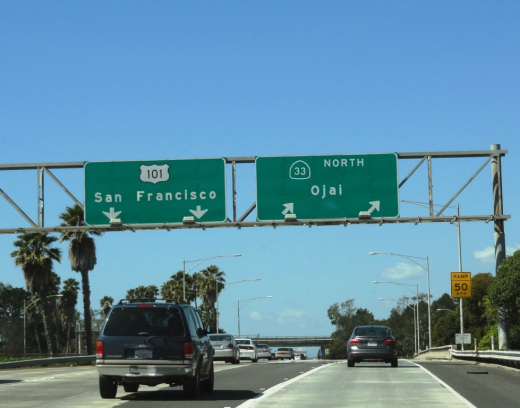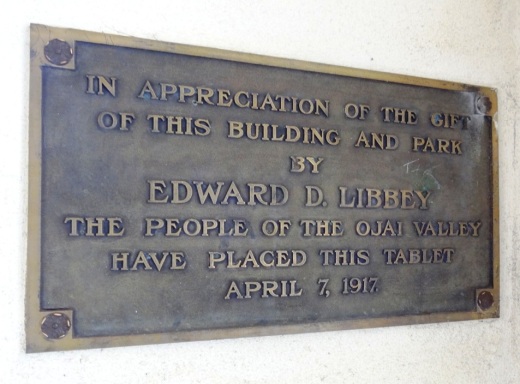The History of Lake Sherwood
/Lake Sherwood as seen from the Sandstone Peak trail in the Santa Monica Mountains.
Lake Sherwood is an unincorporated community of about 1,500 residents in Ventura County overlooking the Lake Sherwood reservoir. It is south of Thousand Oaks and west of Westlake Village, off of Potrero Road, accessible via Westlake Boulevard on the east and Wendy Drive and Reino Road in Newbury Park on the west.
For centuries, the Conejo Valley was inhabited by the Chumash. The Spanish came into the picture in the late 18th century and, when passing through what is now Hidden Valley, named the area the Potrero Valley.
The Potrero Valley was part of the original 48,761 acres constituting Rancho El Conejo. After California became the 31st state in 1850, a land commission was appointed to determine who owned land grants in the area.
Rancho El Conejo was sold in 1872 to John Edwards and Howard Mills. Mills received 22,240 acres that included the Potrero Valley in 1874. Mills sold the southeastern 8,476 acres to Joseph and Isabell McLaren Howard in 1875.
Photo of the Howard Ranch in the 1880s. The Howard residence was near where Triunfo Park is today in Westlake Village. (Courtesy of Conejo Through the Lens Collection; Thousand Oaks Library Special Collections.)
In 1888, the Howards sold the land to the Banning Company of Long Beach. In 1896, W. H. Matthiessen bought the Potrero Ranch from Banning. Then in 1904, Matthiessen built a 45 foot dam (originally called Alturas Dam) that created Potrero Lake (also referred to as Lake Matthiessen). Total capacity of the 156 acre lake, which today is called Lake Sherwood, is 877 million gallons of water.
In the early 1920s, the area around the lake was transformed into Sherwood Forest for the filming of Robin Hood, featuring Douglas Fairbanks. And of course that's where the name Lake Sherwood originated.
Meanwhile, W. H.'s son F. W. "Christy" Matthiessen married Elsie Mack in 1917. The couple made plans to develop the surrounding area as the Las Turas Lake Club in the 1920s. Except...they divorced in 1925, with Elsie receiving the portion of the ranch with the lake.
Elsie remarried. Her new husband's name was James Canterbury and briefly the lake became Lake Canterbury. After the stock market crash of 1929, the Canterburys sold the property to William Randolph Hearst. Hearst allowed the property to be used for filming of many films, including the 1938 The Adventures of Robin Hood.
In 1963, Dayton Realty purchased the lake and surrounding property. Dayton wanted to rezone the land to develop nearly 1,400 homes and commercial properties. This plan was fought off by local residents and rejected by the Ventura County Board of Supervisors.
From late 1983 to summer 1984, Dayton drained the lake, indicating that it needed to test the dam...which never happened...then never refilled the lake, leaving thousands of fish stranded and left to die in the mud. (Photo of draining of lake in January 1984)
Lake Sherwood was made available to the public after the depression of the 1930s until the lake was emptied in 1984.
A view of Lake Sherwood from the north off of Lake Sherwood Drive.
In 1985, billionaire businessman David Murdock bought the dry Lake Sherwood lake bed and surrounding property. His Ventura Farms and Lake Sherwood Ranch are on the old F. W. Matthiessen property in Hidden Valley.
In 1986, heavy rains filled Lake Sherwood back up, though it would take many years for the lake to regain the wildlife it lost after it was emptied.
Murdock developed the community with over 650 homes in three gated neighborhoods along with the Sherwood Country Club and Sherwood Lake Club. The lake is now privately owned and is not open to the general public.




















